What Flowers Are in the Mix?
A mix of 13 annuals (for quick color the first year) and 3 perennials (for blooms that return year after year):
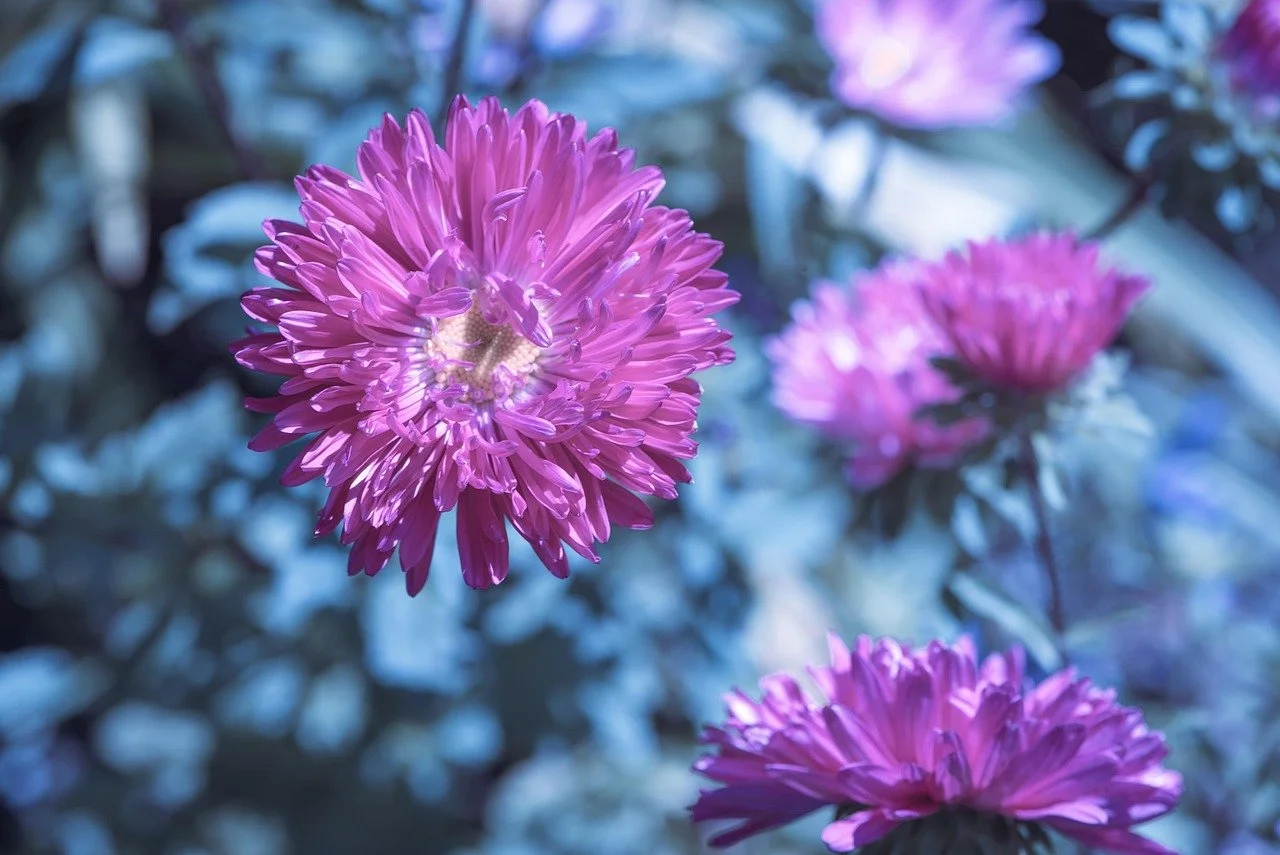
China Aster
Life Cycle: Annual
Color: Mixed
Height: 36"
Bloom: Summer, Fall
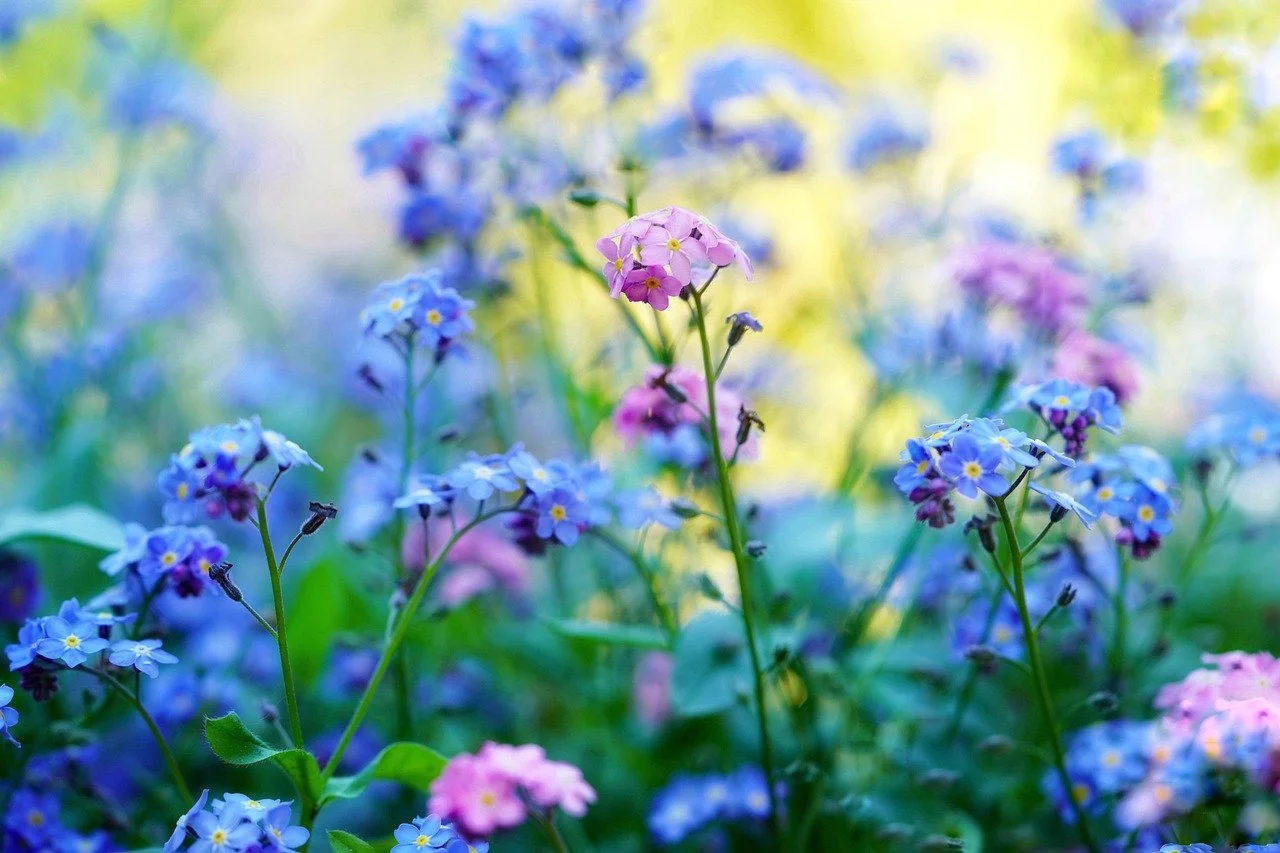
Chinese Forget-Me-Not
Life Cycle: Annual
Color: Blue
Height: 24”
Bloom: Spring, Summer
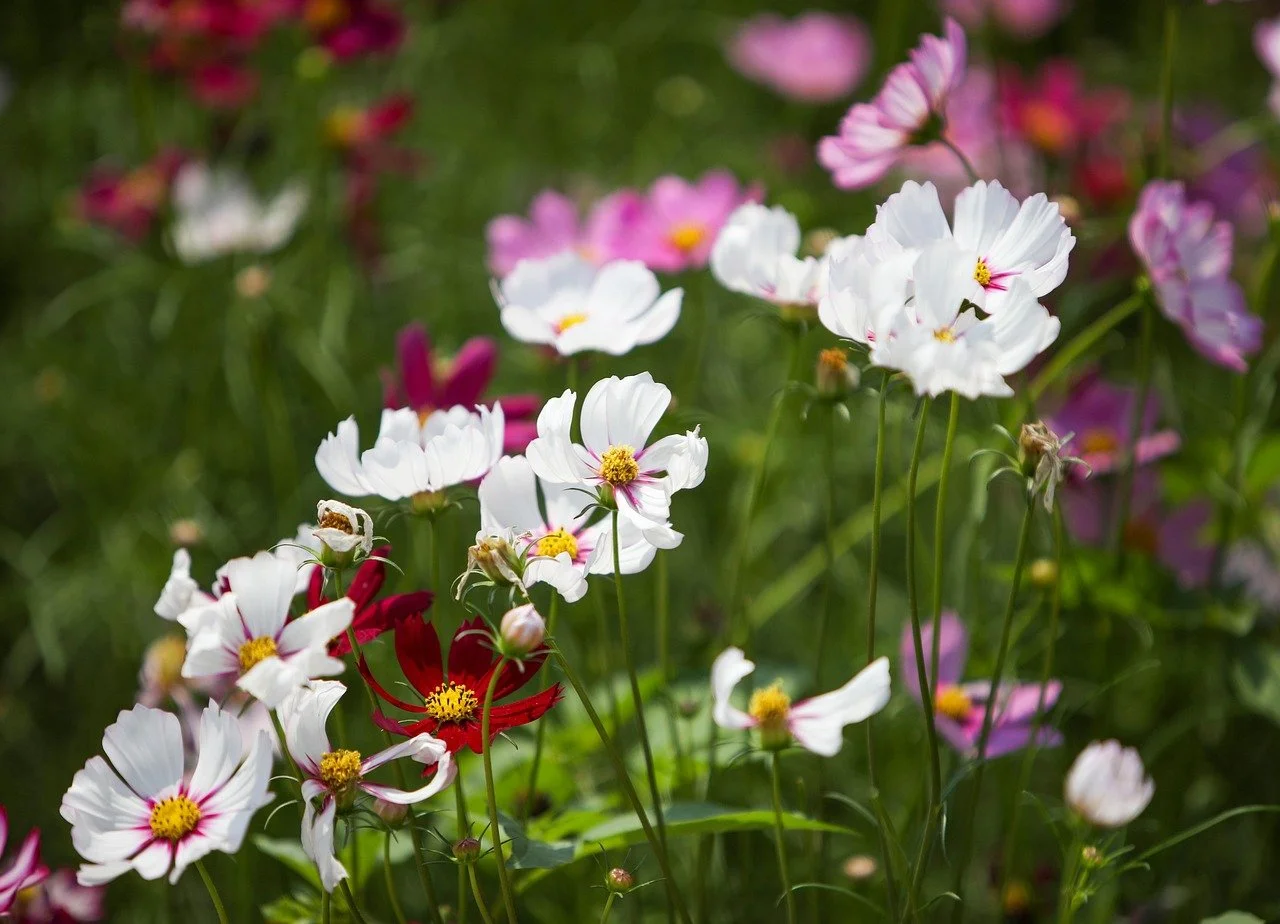
Wild Cosmos
Life Cycle: Annual
Color: Red, White, Pink
Height: 47"
Bloom: Summer, Fall
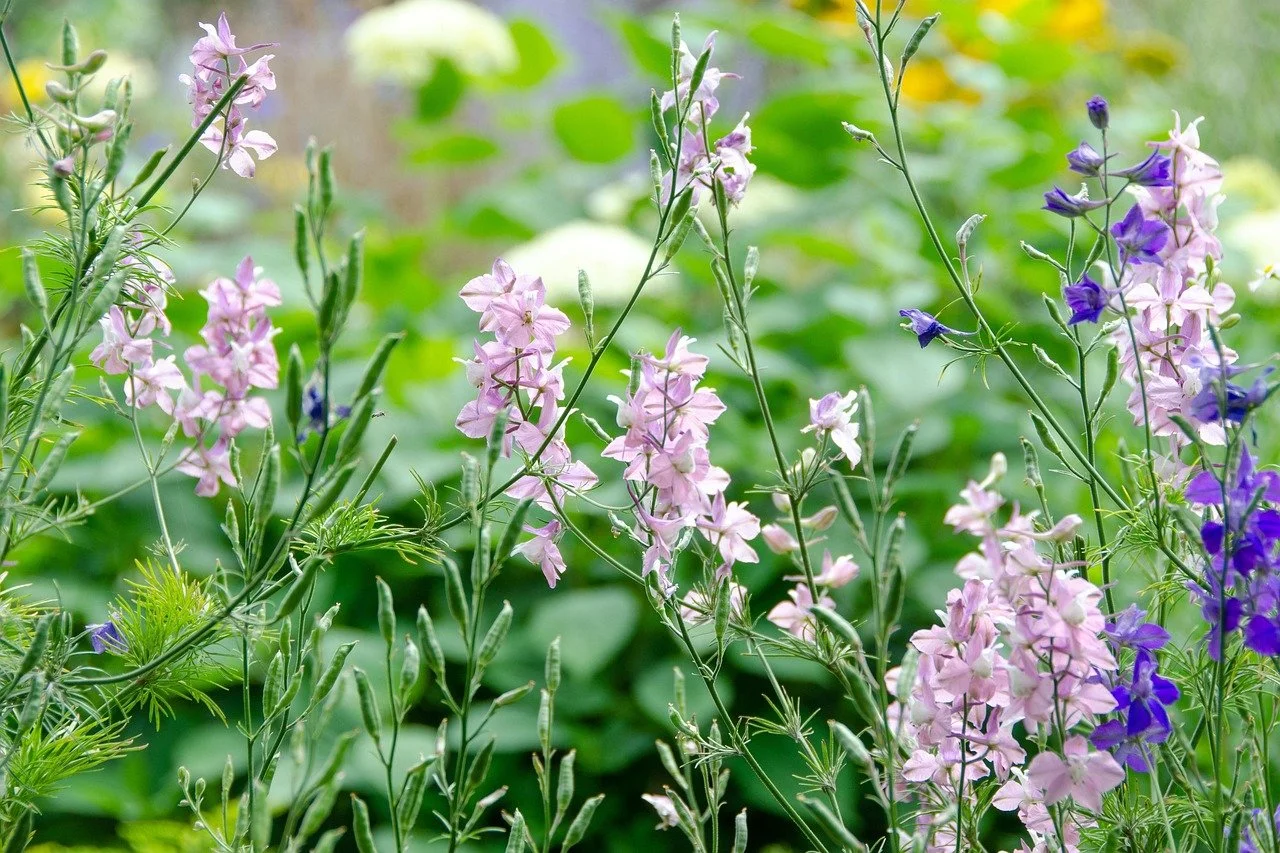
Rocket Larkspur
Life Cycle: Annual
Color: White, Pink, Blue
Height: 36”
Bloom: Summer
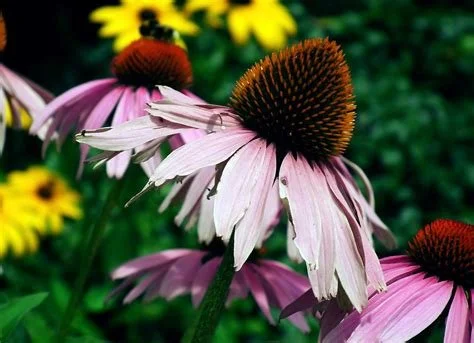
Purple Coneflower
Life Cycle: Perennial
Color: Purple
Height: 36"
Bloom: Summer, Fall
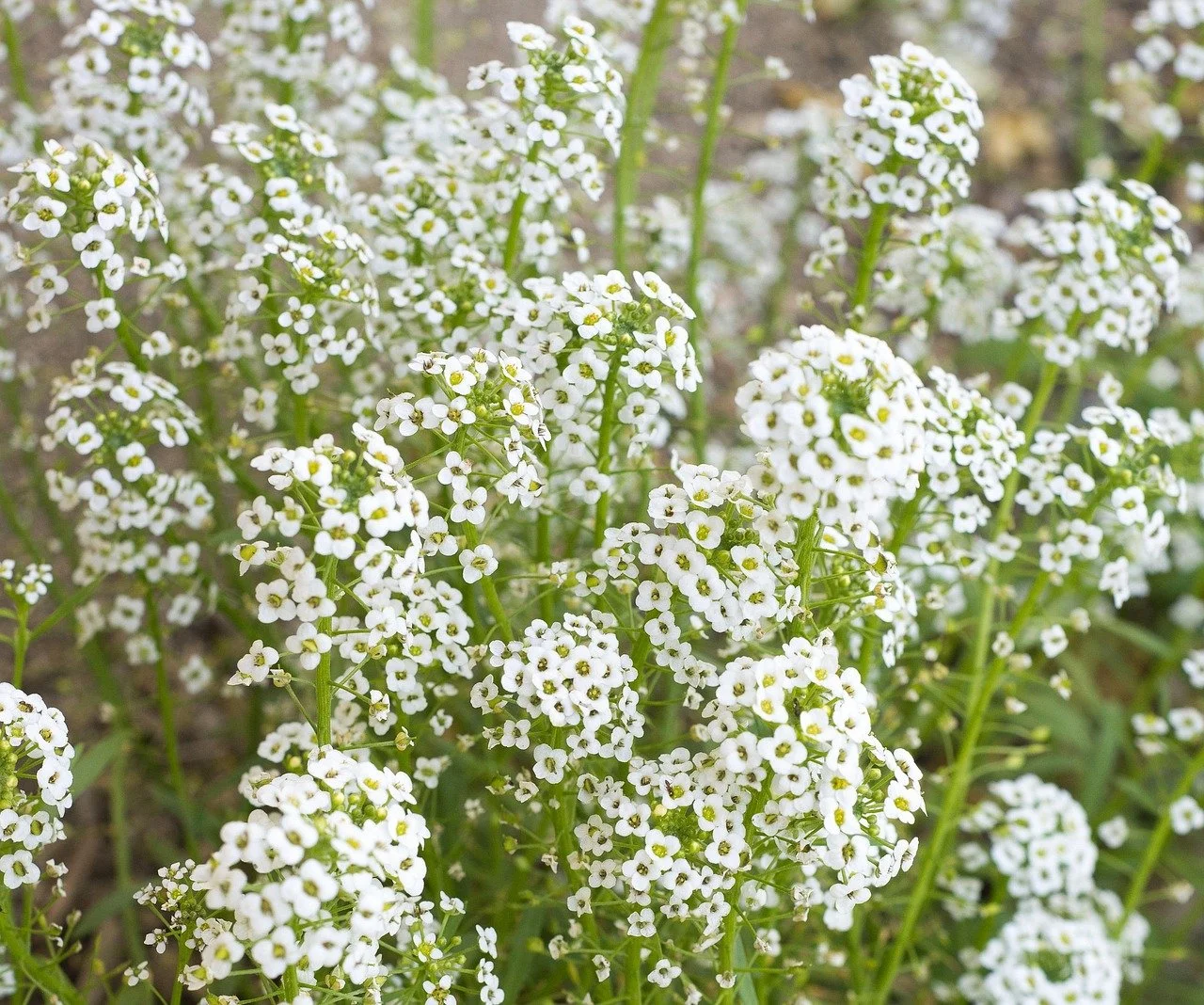
Baby's Breath
Life Cycle: Annual
Color: White
Height: 28”
Bloom: Spring, Summer

Rose Mallow
Life Cycle: Annual
Color: Mixed
Height: 47”
Bloom: Summer, Fall

Baby Snapdragon
Life Cycle: Annual
Color: Mixed
Height: 20”
Bloom: Spring, Summer

Arroyo Lupine
Life Cycle: Annual
Color: Blue
Height: 48”
Bloom: Spring, Summer

Lemon Mint
Life Cycle: Annual
Color: Pink, Purple
Height: 31”
Bloom: Summer

Red Poppy
Life Cycle: Annual
Color: Red
Height: 36”
Bloom: Spring, Summer

Black-eyed Susan
Life Cycle: Perennial
Color: Yellow, Orange
Height: 30”
Bloom: Summer, Fall

Scarlet Sage
Life Cycle: Perennial
Color: Red
Height: 24”
Bloom: Summer, Fall

Catchfly
Life Cycle: Annual
Color: Pink
Height: 36”
Bloom: Summer

Crimson Clover
Life Cycle: Annual
Color: Red
Height: 30”
Bloom: Summer

Nasturtium
Life Cycle: Annual
Color: Mixed
Height: 18”
Bloom: Summer, Fall
-
Bloom Season: Spring through Fall
Height: 12"–36"
Sunlight: Full sun preferred, tolerates partial sun
Zones: USDA 1–10
Ideal Regions: Northeast, Southeast, Midwest, West, Southwest, Pacific Northwest
Soil Type: Loamy, sandy, clay, acidic, or well-drained soils
Watering: Keep moist until established; drought-tolerant once mature
-
Blooms all season with early, mid, and late flowers
Supports pollinators including hummingbirds, butterflies, and bees
Easy to grow – thrives with minimal care
Eco-friendly – safe for your garden and the wildlife you love
-
Pick the right time to sow
Cold-winter zones: Sow in spring after frost or fall after a hard freeze.
Warm-winter zones: Winter-sow in January–February before rains.
Soil temp should be 55–70°F for germination.
Prep your planting area
Remove weeds and grasses, then lightly rake or loosen the top 1–2" of soil. Avoid deep tilling.Mix & spread seeds evenly
Blend seeds with 4–8 parts dry sand for even coverage. Broadcast half east–west, half north–south. Avoid overseeding — wildflowers need space to thrive.Press seeds into soil (don’t cover!)
Walk over small areas or press down with cardboard to ensure good seed-to-soil contact. Wildflower seeds need light to germinate.Water & wait
Keep soil consistently moist until seedlings reach 4–6" tall, then water weekly if rainfall is low.Annuals bloom the first year.
Perennials return and bloom in years 2–3.
-
5 g Sprinkle Packet – covers approximately 25 sq. ft. (ideal for containers, borders, or small patches)
25 g Garden Packet – covers approximately 125 sq. ft. (perfect for larger beds or pollinator gardens)



